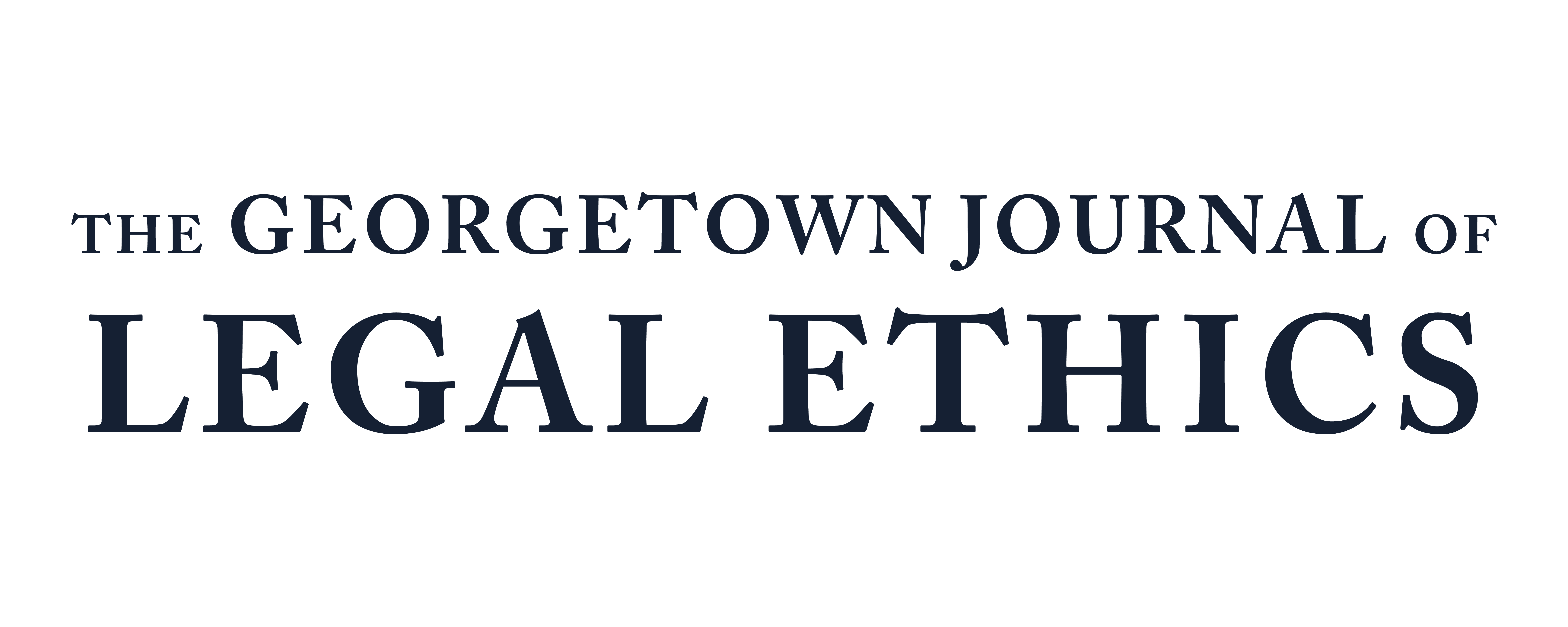The Ethical Sports Lawyer: Does Avoiding Conflicts of Interest Mean Avoiding Competition?
A fundamental rule of legal professional responsibility is that lawyers shall not represent a client if such representation involves a conflict of interest. A conflict of interest exists if “the representation of one client will be directly adverse to another client” or “there is a significant risk that the representation of one or more clients will be materially limited by the lawyer’s responsibilities to another client, a former client or a third person or by a personal interest of the lawyer.” Of course, exceptions exist, and conflicts of interest can be permitted, if each affected client gives written consent, or if the lawyer reasonably believes that he will be able to provide capable representation to all affected clients. Despite the explicit rules surrounding conflict of interest as defined by the Model Rules of Professional Conduct, there remains confusion in the realm of sports law as to what exactly constitutes conflicts of interest when representing multiple clients in the same league.
Both sports lawyers and agents, as well as their clients, have raised the issue of conflict of interest for decades. Though sports agents without law degrees also face a set of ethical considerations, this Note will focus on lawyers acting as sports agents. Over fifty percent of professional sports leagues’ representatives are lawyers. This percentage increases dramatically for top professional football players. Lawyers acting on behalf of their clients as sports agents still must follow the Model Rules of Professional Conduct and avoid conflicts of interest, but defining conflicts of interest remains challenging.
One of the most recent and public examples of a conflict of interest in sports law occurred in 2006 when Vanderbilt University star quarterback Jay Cutler, largely considered to be one of the best rookie quarterbacks during that period, signed with James “Bus” Cook, a well-known sports attorney and agent, allegedly under the condition that Cook not “represent another top quarterback.” Cook ended up signing Vince Young, a top quarterback who was picked third in the draft, with Cutler picked eleventh. While there is not necessarily a causal connection between Cook’s decision to represent Young and Cutler being chosen much later in the draft than expected, Cook’s decision does raise some questions. Namely, did he violate his duty to not represent a client if such representation involved a conflict of interest?
More broadly, Rule 1.7 poses clear ethical dilemmas when it comes to certain fundamental aspects of lawyers representing professional athletes: especially, representing clients on the same team when a salary cap is involved and representing clients who play the same position. Often, an agent9 will try to avoid these conflicts by claiming that he or she is “not functioning as a lawyer for this particular player or for any of my clients. I am functioning just as their agent.” However, lawyers are subject to the ethical rules of law whether they are functioning as a lawyer or not. In the case of In Re Dwight, the Arizona Supreme Court held that “[a]s long as a lawyer is engaged in the practice of law, he is bound by the ethical requirements of that profession, and he may not defend his actions by contending that he was engaged in some other kind of professional activity.” If representing various players on the same team or players who play the same position, doesn’t the successful representation of one client inherently disadvantage the other?
This Note will argue that Rule 1.7, though it clearly prohibits engaging in representation that could lead to a conflict of interest, is largely ignored in the sports law world with little to no consequences. The sports law world’s turning a blind eye to conflicts of interest is not because the sports law world does not take seriously conflicts of interest; rather, there are not appropriate rules and regulations defining conflict of interest in terms of professional sports agents and why consent on behalf of a client is not always an option. In order to rectify this clear breach of the Model Rules of Professional Conduct, this Note will argue that certain safeguards must be put in place for sports lawyers signing clients, including, but not limited to, limiting the number of players on a given team who play a certain position that an agent can represent, barring certain types of representation, and making clear rules and regulations as to what constitutes informed consent on behalf of a client. These rules will bolster lawyers’ duties to avoid conflicts of interest and allow them to be transparent and loyal to their clients. It will also give courts and the legal profession a from understanding of what constitutes conflicts of interest by creating easy to follow and apply rules.
Harvard law professor Paul Weiler alluded to the need for stricter rules regarding agents when he stated that “the reason we had to have agents in the first place was to protect the players from owners . . . The problem we now have is how to protect the player from the agent. In a sense we’ve just pushed the problem back one stage.”
Part I of this Note will address the inherent and potential conflicts of interest for sports lawyers who represent clients on the same team. Part II will address the potential conflicts of interest for sports lawyers who represent clients playing the same position on the same team (or who want to play the same position on the same team). Part III will analyze the conflicts for sports lawyers who represent clients who play the same position, and the last part of this Note will discuss what these scenarios mean in the real world and how to rectify them.
Subscribe to GJLE

